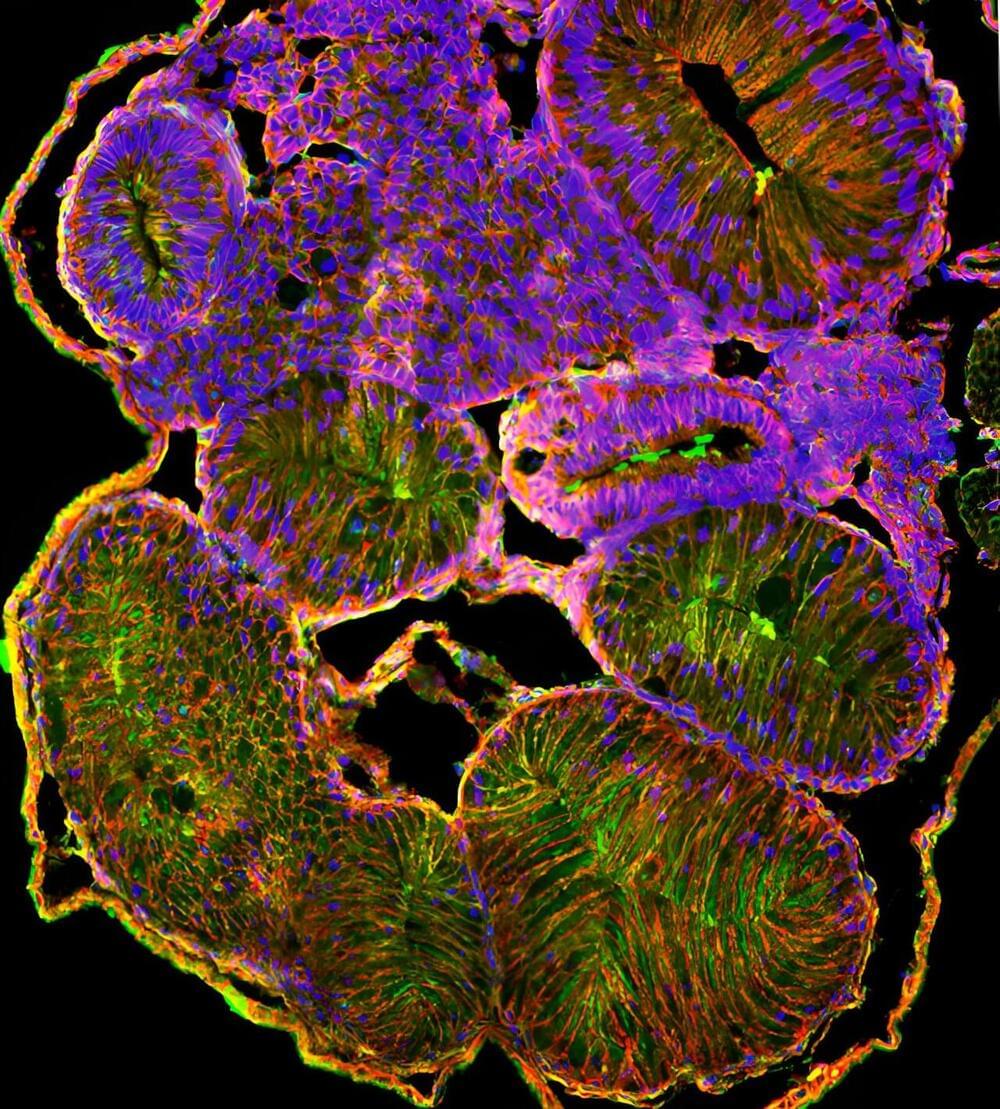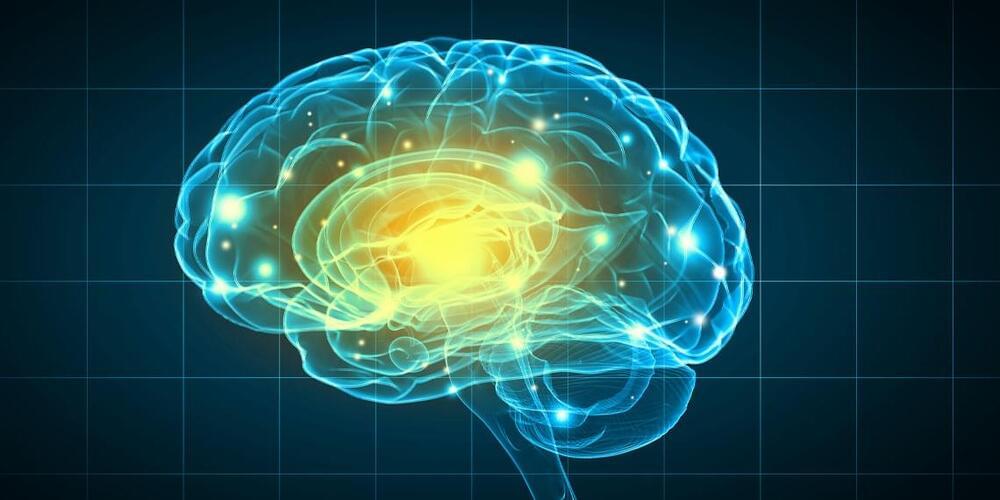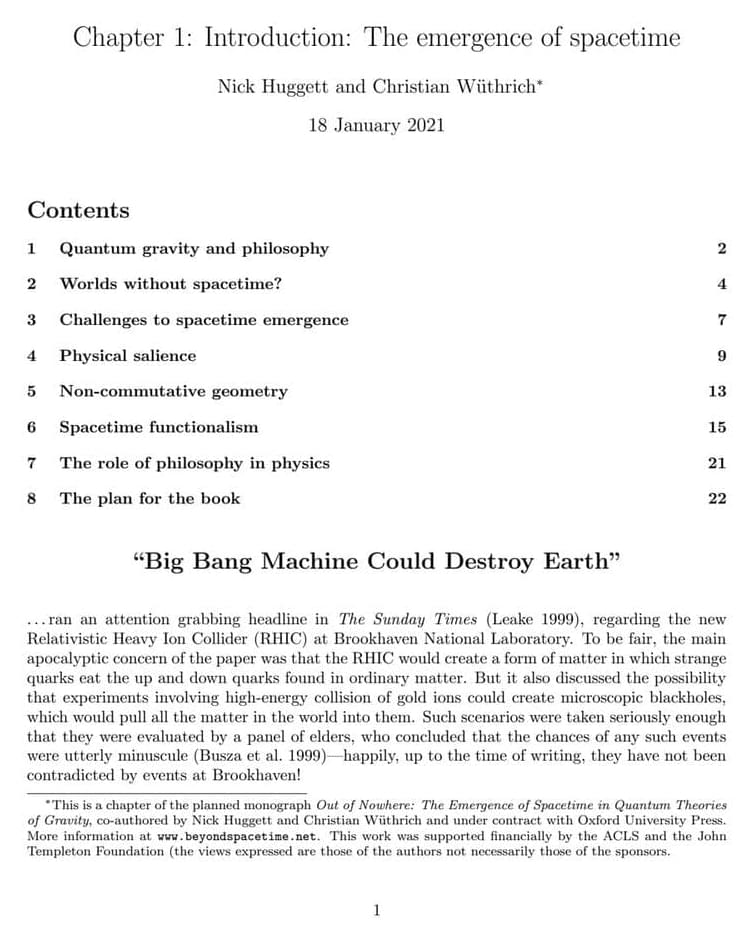New projects and financial headwinds will make 2024 a bumpy year for the industry.



Around one-fifth of the stem cells grown in laboratories for as-yet-unapproved medical treatments have cancer-causing mutations.
By Clare Wilson
In this study, a novel rapid diagnostic method was developed for optimizing the production of transplutonium isotope through high flux reactor irradiation. The proposed method was based on the concept of “Single Energy Interval Value (SEIV)” and “Energy Spectrum Total Value (ESTV)”, which significantly improved the production efficiency of isotopes such as 252Cf (by 15.08 times), 244Cm (by 65.20 times), 242Cm (by 11.98 times), and 238Pu (by 7.41 times). As a promising alternative to the traditional Monte Carlo burnup calculation method, this method offers a more efficient approach to evaluate radiation schemes and optimize the design parameters. The research discovery provides a theoretical basis for further refining the analysis of transplutonium isotope production, leading to more efficient and sustainable production methods. Future studies could focus on the implementation of energy spectrum conversion technology to further improve the optimal energy spectrum.
The production of transplutonium isotope, which are essential in numerous fields such as military and space technology, remains inefficient despite being produced through irradiation in a high flux reactor. Past studies on the optimization of transplutonium isotope production through irradiation in a high flux reactor have been limited by the computational complexity of traditional methods such as Monte Carlo burnup calculation. These limitations have hindered the refinement of the evaluation, screening, and optimization of the irradiation schemes. Hence, this research aimed to develop a rapid diagnostic method for evaluating radiation schemes that can improve the production efficiency of isotopes such as 252Cf, 244Cm, 242Cm, and 238Pu. The outcome of the study showed great potential in advancing the production of transplutonium isotope, which have numerous applications in fields such as military, energy, and space technology.
The limited production rate of transplutonium isotopes poses a significant challenge in meeting the growing demand for sustaining the nuclear industry (i.e. energy and military). This research provides a sustainable solution to improve the efficiency of transplutonium isotope production through a novel rapid diagnostic method. Thus, it fulfils UNSDG 7 (Affordable and Clean Energy) by providing a sustainable source of energy, as well as UNSDG 9 (Industry, Innovation and Infrastructure) by promoting technological innovation in the nuclear industry, especially for military use.

How does our intestine, which can be at least 15 feet long, fit properly inside our bodies? As our digestive system grows, the gut tube goes through a series of dramatic looping and rotation to package the lengthening intestine. Failure of the gut to rotate properly during development results in a prevalent, but poorly understood, birth anomaly called intestinal malrotation.
Now, in a study published in the journal Development, scientists from North Carolina State University have uncovered a potential cause of this life-threatening condition.
Intestinal malrotation affects 1 in 500 births but the underlying causes are not well understood. To find out why gut revolution could go amiss, scientists need to first understand intestinal rotation during normal development, a complex process that still baffles biologists.


A study, published in One Earth, is the first to analyze the interplay of electrification and hydrogen in EU climate neutrality scenarios at greater sectoral detail. The analysis shows higher potential for electrification and identifies a more confined deployment range for hydrogen-based energy than earlier studies.
“Previous research has shown that our power system can be transformed to renewable sources like wind and solar at low cost and low environmental impact. However, the next question is how this renewable electricity can be used to substitute fossil fuel use in the buildings, industry and transport sectors. Our analysis shows that the direct use of electricity, for example, via electric cars and heat pumps, is critical for a broad range of sectors, while the conversion of electricity to hydrogen is important only for few applications,” says Felix Schreyer, PIK scientist and lead author of the study.
Using the energy-economy model REMIND, PIK-scientists investigated plausible combinations of both strategies in EU energy system transformation pathways under different scenario assumptions.



Astroscale’s ADRAS-J spacecraft, a demonstration satellite that could inform future space junk cleanup efforts, is now in orbit after a successful launch from New Zealand on Sunday. The satellite was sent to space atop an Electron rocket from Rocket Lab. Its mission, which was selected by Japan’s space agency (JAXA) for Phase I of the Commercial Removal of Debris Demonstration program, will see ADRAS-J rendezvous with an old Japanese rocket upper stage that’s been in orbit since 2009.
There it goes! 🛰️👋
ADRAS-J is now in orbit, ready to start its mission of rendezvousing with an aging piece of space debris and observing it closely to determine whether it can be deorbited in future.
